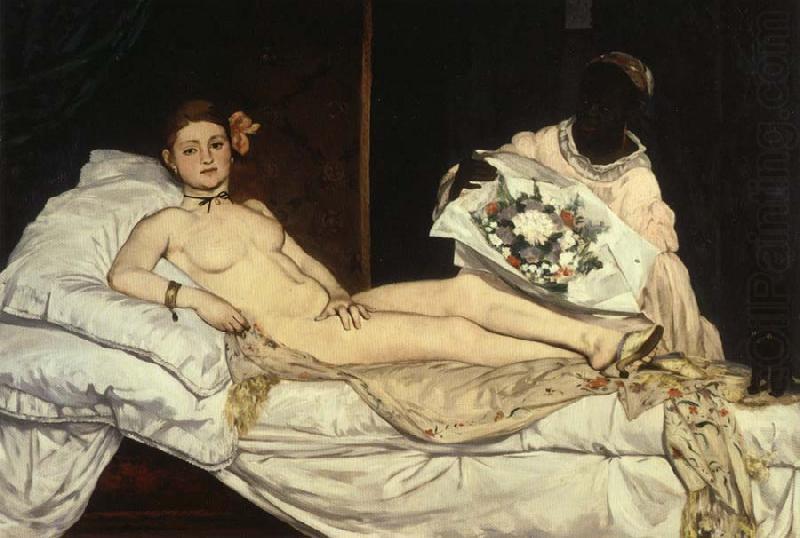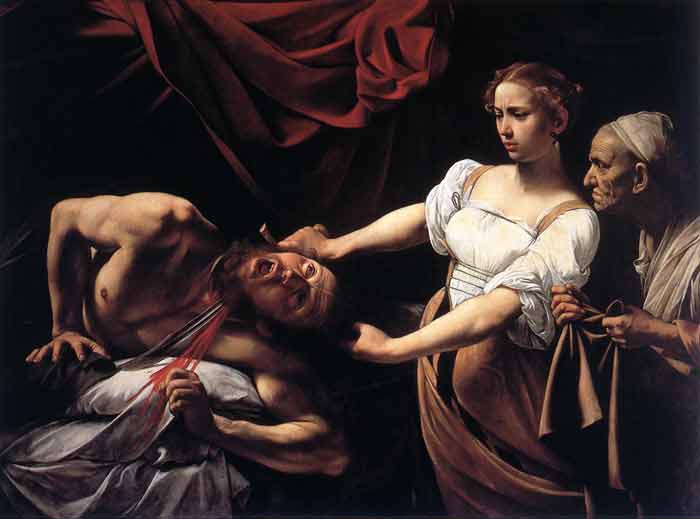On 7 Jul, 2011 With
What they learned from the OLD MASTERS? From Raphael. The Portrait of a Young Woman (also known as La fornarina) is a painting by the Italian High Renaissance master Raphael It is probable that the picture was in the painter’s studio at his death in 1520, and that it was modified and then sold by his assistant Giulio Romano. The woman is traditionally identified with the fornarina (bakeress) Margherita Luti, Raphael’s Roman mistress, though this has been questioned. The woman is pictured with an oriental style hat and bare breasts. She is making the gesture to cover her left breast, or to turn it with her hand, and is illuminated by a strong artificial light coming from the external. Her…
Read More
On 22 Jun, 2011 With
Art inspired by Michelangelo
Read More
On 6 Jun, 2011 With
Andrea Mantegna’s Oil Painting Technique – Foreshortening The Lamentation of Christ (also known as the Lamentation of Dead Christ, or the Dead Christ) is a c. 1480 oil painting by the Italian Renaissance artist Andrea Mantegna. While the dating of the piece is debated, is generally believed to have been completed between 1457 and 1501. It portrays the body Christ supine on a marble slab. He is watched over by the Virgin Mary and St. John, who are weeping for his death. The theme of the Lamentation is common in medieval and Renaissance art, although this treatment, dating back to a subject known as the Anointing of Christ is unusual for the period. Most Lamentations show much more contact between…
Read More
On 30 May, 2011 With
Manet’s Oil Painting Technique Manet’s exploration of the visual and pictorial implications of a simplified tonal scheme culminated in the assurance with which he handled the nude in Olympia (1863). It is worth quoting Hamilton at some length for his assessment of the technique used in this painting and the public response to this painting. “In the Olympia the technical and conceptual experiments of the earlier years finally found a coherent and complete expression. The restricted colour range of the Bullfight, the full frontal lighting of the Dead Christ, the contemporary subject devoid of any moralizing or romantic idealization which he had sought but never achieved in the Spanish themes and which had been compromised in the Dejeuner sur l’Herbe…
Read More
On 10 May, 2011 With
Caravaggio’s Oil Painting Technique Carravgio for the most part painted alla prima without any prepatory drawings or cartoons directly onto the canvas. The evidence for this is that over time the underpaintings have become more visable and show how he changed his mind and “searched” for him composition. He used a very limited pallet. David Hockney’s theory on masters using primitive projectors, pointed to Caravaggio’s marks on the wall (in “Judith Beheading Holofernes”) as proof to this for some reason. Its important to know that Hockney is the “conspiracy nut” of the art world who sees logic where there is none and speaks absurdly. Other than that, I have not come across anything as to why there are scratches in…
Read More
On 6 May, 2011 With
What they learned from the OLD MASTERS? Michelangelo
Read More



